Our Custom Website Design service is focused on building a unique digital presence that matches your brand’s personality. We create responsive, user-friendly websites that not only look great but are also optimized for search engines. Each design is tailor-made to capture your audience’s attention and encourage engagement. SEO best practices are integrated into the design to ensure your site ranks well on search engines, helping you reach more customers organically.
A custom website design goes beyond just aesthetics—it creates a unique, cohesive experience that reflects and strengthens your brand’s identity. In today’s competitive digital landscape, a custom-designed website is a key asset for building credibility, engaging visitors, and creating lasting impressions.
Here’s an overview of how a custom website design can maximize your brand impact:
1. Brand Identity and Recognition
- Consistency with Branding: A custom website is designed to reflect your brand’s values, colors, logo, fonts, and overall tone, ensuring brand consistency across all touchpoints. This strengthens brand recognition and helps your audience identify with your company faster.
- Unique Design Elements: Unlike templated websites, a custom design can include bespoke graphics, animations, and layout styles that are aligned with your brand’s personality. This sets your business apart from competitors and creates a memorable experience for visitors.
2. Tailored User Experience (UX)
- Optimized Navigation: Custom website design allows you to create user-friendly navigation that aligns with how your target audience interacts with content. This enhances user experience and ensures visitors can easily find what they are looking for.
- Custom Features: Integrate features that meet the specific needs of your customers and business, such as interactive product demos, tailored forms, personalized dashboards, or custom animations, ensuring a seamless user journey.
- Responsiveness Across Devices: A custom website is built to perform optimally on all devices—desktops, tablets, and mobile. Ensuring a responsive design means better engagement, reduced bounce rates, and more conversions, particularly for mobile users.
3. High-Quality Visual Design
- First Impressions Matter: Visitors form an opinion about your brand within seconds of landing on your website. A custom design enables you to make an immediate, positive impact with an appealing, professional, and modern aesthetic that resonates with your audience.
- Visual Storytelling: Leverage the power of visuals—through videos, images, and design layouts—to tell your brand’s story and engage users on an emotional level. A well-designed custom site can evoke the desired emotional response and build a connection with your audience.
4. SEO and Performance Optimization
- SEO-Friendly Design: Custom websites are optimized for search engines from the ground up, using clean code and best practices in SEO. Customizing URL structures, meta tags, alt text for images, and keyword-focused content ensures higher search rankings.
- Fast Loading Speeds: Custom-built websites are optimized for performance, ensuring fast load times, which is crucial for both user experience and SEO. Faster websites reduce bounce rates and increase user satisfaction, leading to better conversion rates.
5. Scalability and Flexibility
- Custom Growth Solutions: As your business evolves, a custom website design can easily grow with you. Whether you need to add new pages, integrate with external platforms, or upgrade features, a custom site can be scaled up without limitations.
- Custom CMS Integration: You can integrate a content management system (CMS) tailored to your needs, giving you full control over content updates, adding new products or services, and tweaking elements without compromising the website’s overall structure or design.
6. Increased Engagement and Conversions
- Custom Call-to-Actions (CTAs): Custom website designs allow you to strategically place CTAs that are tailored to your audience’s behavior, leading to higher engagement and conversion rates. Whether it’s a signup form, downloadable offer, or contact button, these elements can be designed to be more impactful.
- Personalized User Experiences: Based on data and behavior analysis, custom websites can offer personalized user journeys, serving relevant content, offers, and recommendations based on user preferences and past interactions.
7. Enhanced Credibility and Professionalism
- Trust Signals: Custom designs allow you to incorporate trust-building elements like customer testimonials, case studies, certifications, and secure payment icons in a way that feels natural and authoritative, which helps build trust and credibility with your audience.
- Modern, Up-to-Date Design: Custom websites stay current with web design trends and technologies, keeping your brand image fresh and relevant. This signals to visitors that your brand is professional, forward-thinking, and committed to providing an excellent digital experience.
8. Integration of Advanced Technologies
- Third-Party Integrations: Custom websites can integrate seamlessly with CRM systems, marketing tools, social media platforms, and e-commerce solutions, providing a cohesive digital ecosystem for your business.
- Innovative Technologies: Incorporate cutting-edge technologies like chatbots, artificial intelligence (AI), virtual reality (VR), or augmented reality (AR) into your custom website to enhance user interaction and stand out in your industry.
9. Security and Reliability
- Custom Security Solutions: With custom website development, security features can be tailored to the specific needs of your business and industry. This helps prevent security breaches, hacking, and vulnerabilities that may come with generic templates.
- Ongoing Support: A custom website typically comes with ongoing support from the developer or design team. This ensures that your website is always up-to-date with the latest security patches, performance optimizations, and design improvements.
10. Analytics and Data Tracking
- Custom Analytics Integration: Tailored analytics tracking tools can be embedded directly into your custom website, allowing you to monitor user behavior, conversion rates, traffic sources, and more. This data helps you make informed decisions to further optimize your website and marketing strategies.
When designing a custom website for maximum brand impact, it’s crucial to include features that not only make the website functional but also create a strong, memorable impression of your brand. Here are the key features that should be considered:
1. Unique Brand Identity
- Custom Logo and Visual Elements: Ensure your logo and brand colors are integrated throughout the website. Consistent use of typography, colors, and imagery strengthens brand recognition.
- Tailored Typography: Use fonts that align with your brand’s tone and message, whether modern, classic, or playful.
- Consistent Branding Across Pages: Every page, from the homepage to the blog, should reflect your brand’s personality and aesthetic.
2. Responsive Design
- Mobile-Friendly: A large portion of traffic comes from mobile devices, so the website should automatically adapt to different screen sizes and devices, providing a seamless experience on desktops, tablets, and smartphones.
- Fast Load Times: Ensure the website is optimized for speed on all devices, as slow load times can detract from the user experience and reduce brand credibility.
3. High-Quality Visuals and Imagery
- Custom Photography and Graphics: Avoid using generic stock images. Use high-quality visuals that represent your brand, products, and services. Custom photography or illustrations that reflect your brand story will stand out.
- Video Content: Engaging videos that showcase your brand story, products, or services can significantly boost engagement and leave a lasting impression.
- Hero Images/Banners: Full-screen hero images or banners with impactful visuals and messaging can create a strong first impression.
4. Clear and Engaging Messaging
- Compelling Taglines: Use a clear, memorable tagline that quickly communicates your brand’s value proposition and mission.
- Storytelling: Incorporate storytelling elements into your website to create an emotional connection with visitors. Let your brand’s story unfold through text, visuals, and videos.
- Targeted Content: Tailor your messaging to resonate with your ideal audience. Focus on benefits and value propositions that set your brand apart from competitors.
5. Strong Call-to-Action (CTA)
- Prominent CTAs: Ensure CTAs are visually prominent and strategically placed across the site. Use action-oriented language to prompt users to take specific actions (e.g., “Start Your Free Trial,” “Get a Quote,” “Book a Consultation”).
- Multiple CTAs for Different Stages of the Customer Journey: Create CTAs that cater to visitors at different stages, from those ready to buy to those just gathering information.
6. Intuitive Navigation and User Experience
- Simple Navigation Menus: Create easy-to-use, intuitive navigation menus to help users find the information they need quickly. Stick to a logical structure that minimizes clicks and confusion.
- User-Centric Design: Ensure the website is designed with the user in mind. Make it easy for users to access key pages, contact information, or product listings.
- Accessible Design: Incorporate accessibility features like screen reader compatibility, keyboard navigation, and sufficient color contrast to ensure inclusivity for all users.
7. Custom Features and Functionalities
- Interactive Elements: Incorporate interactive features like sliders, animations, or hover effects to engage users without overwhelming them. These should enhance the brand experience, not detract from usability.
- Custom Forms and Tools: Include customized forms (e.g., lead capture forms, quizzes, or calculators) that match your brand and are designed to collect the specific information you need.
- E-commerce Capabilities: If applicable, integrate custom shopping experiences with branded checkout pages, product pages, and carts that are designed to reflect your brand’s unique identity.
8. SEO Optimization
- SEO-Friendly Architecture: Ensure the website is built with SEO best practices, including proper use of headings, meta tags, and alt text for images.
- Optimized Content: Create SEO-optimized content that aligns with your brand’s voice while increasing your search engine visibility for relevant keywords.
- Mobile-First Indexing: As Google prioritizes mobile-friendly sites, ensure your design is optimized for mobile SEO.
9. Social Proof and Testimonials
- Customer Reviews and Testimonials: Show testimonials and case studies that reflect your brand’s values and quality. Highlight customer success stories or results that align with your brand’s promise.
- Press and Awards: Display any notable press mentions, awards, or certifications to boost credibility and authority in your industry.
- Influencer Partnerships: Showcase collaborations or endorsements from influencers or industry leaders, if applicable.
10. Innovative Design Trends
- Minimalist Design: Clean, minimalist design can create a premium feel, leaving space for your brand’s key messages and visuals to stand out.
- Microinteractions: Small animations or transitions that respond to user actions (e.g., buttons changing color on hover) can enhance user experience and engagement.
- Parallax Scrolling: Use parallax effects to create depth and dynamism on your website without overwhelming users, enhancing the visual appeal.
When it comes to custom website design for maximum brand impact, both the designer and the client want to ensure that the payment process is secure and fair. Payment protection is essential to protect both parties in the event of disputes, ensuring smooth project progress and completion. Here are methods and strategies for payment protection during a custom website design project aimed at creating maximum brand impact:
1. Contracts and Legal Agreements
- What it is: A formal, written contract between the designer and the client outlining the project scope, payment terms, deadlines, and ownership rights.
- How it helps: It provides legal protection for both parties in case of disagreements. It defines the expectations and ensures both sides are clear about what will be delivered and when payments are due.
- Key Clauses:
- Scope of work: Clearly outline the deliverables (e.g., number of pages, custom branding elements).
- Payment terms: Define payment structure (e.g., deposit, milestones, final payment).
- Revisions: Specify the number of revisions allowed and additional charges for extra revisions.
- Ownership rights: Outline who owns the website and its assets once the payment is completed.
- Termination: Specify conditions for project cancellation and how payments will be handled if either party terminates the contract.
2. Upfront Deposit
- What it is: An advance payment (typically 30%-50%) before starting the design work.
- How it helps: Secures the designer by ensuring the client is committed to the project, and provides a financial cushion to cover initial design and research work. It also minimizes the risk of non-payment later in the project.
- Common Practices:
- 30%-50% deposit before starting.
- Some designers may request additional payments at certain stages (e.g., 25% after wireframes, 25% after design approval).
3. Payment Milestones
- What it is: Breaking the project into phases or milestones and releasing payments incrementally as each milestone is completed.
- How it helps: Reduces the risk for both parties—clients pay as they receive tangible progress, and designers receive ongoing compensation for completed work.
- Example Milestones:
- 30% deposit upfront.
- 30% upon completion of wireframes or design concept approval.
- 30% when the website is fully developed and presented for final review.
- 10% upon delivery of the final product or launch.
4. Escrow Services
- What it is: A neutral third-party service that holds the client’s payment until the designer has completed the work according to the agreement.
- How it helps: Protects both parties by ensuring the funds are available for payment but will only be released when the project is delivered as agreed. If there’s a dispute, the escrow service may mediate.
- Popular Escrow Services:
- Escrow.com
- Upwork Escrow (if working through their platform)
- Payoneer Escrow
5. Holdback of Final Delivery Until Payment
- What it is: The designer retains ownership of the website’s source files or does not launch the site live until the final payment is received.
- How it helps: This ensures that the designer is paid before the client receives the final product. The client can preview the website, but won’t gain full access or ownership until the designer is compensated in full.
- Common Practices:
- Sharing a live demo on a staging server.
- Providing mockups and screenshots with watermarks or limited access until payment is cleared.
6. Use of Secure Payment Platforms
- What it is: Using secure and trusted payment platforms that offer buyer and seller protection, such as PayPal, Stripe, or direct bank transfers.
- How it helps: These platforms often provide protection in case of fraud, disputes, or unauthorized transactions. For example, PayPal offers protection for both goods and services.
- Popular Platforms:
- PayPal (for invoicing and payment with buyer/seller protection).
- Stripe (for secure credit card payments).
- Wise (for international payments with low fees).
7. Revision and Scope Creep Clauses
- What it is: A section in the contract that defines how many rounds of revisions are included, and additional charges for work beyond the agreed-upon scope.
- How it helps: Protects the designer from endless revisions or changes that could delay the project or add extra work without extra pay. Clients also benefit from knowing exactly how many revisions are included.
- Example Clause: “The project includes up to 3 rounds of revisions. Any additional revisions will be charged at an hourly rate of $X.”
8. Time Tracking (for hourly projects)
- What it is: Using time-tracking tools for hourly-based projects to ensure transparency in billing.
- How it helps: Ensures that the client pays only for the time spent on the project, while providing the designer a record of work completed. Time tracking tools can provide reports that both parties can review.
- Popular Tools:
- Toggl
- Harvest
- Upwork Time Tracker
9. Non-Refundable Deposits
- What it is: A clause in the contract stating that the upfront deposit is non-refundable.
- How it helps: Protects the designer from losing compensation for time already invested if the client cancels the project early or backs out.
- Example Clause: “The deposit is non-refundable unless the project is canceled by the designer before the start date.”
10. Refund Policy for Early Termination
- What it is: A policy that outlines what happens to payments in the event of early termination by either party.
- How it helps: Clarifies how much of the deposit or milestone payments will be refunded if the project is stopped prematurely. This protects both the client and designer by setting clear terms in case of an unexpected halt.
- Example Policy: “If the client cancels the project after the wireframe stage, 50% of the total project cost will be non-refundable.”
11. Ownership Transfer After Final Payment
- What it is: A clause stating that the client gains ownership of the design and website files only after the final payment has been made.
- How it helps: Prevents the client from using the design work without paying the designer in full. The designer retains ownership until all payments are received.
- Example Clause: “All intellectual property rights for the website design will transfer to the client upon receipt of final payment.”
Only logged in customers who have purchased this product may leave a review.

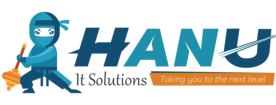
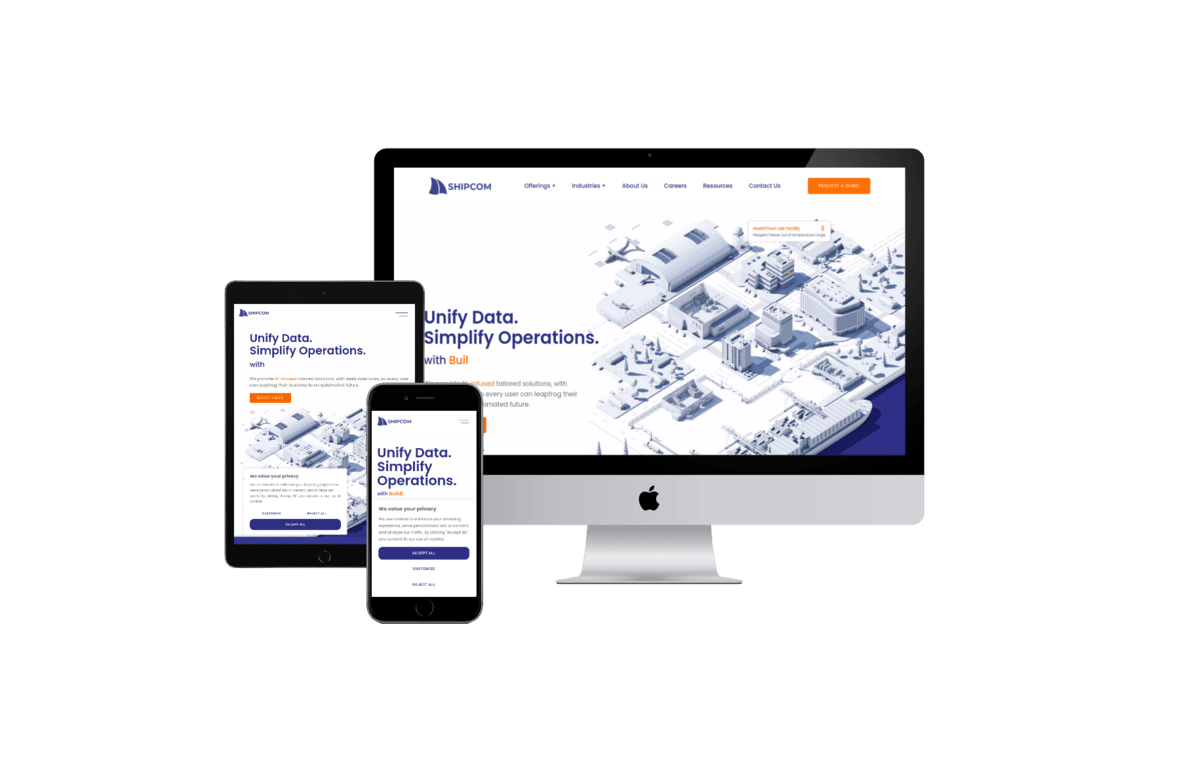
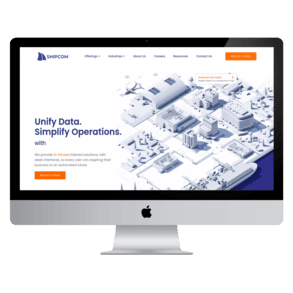
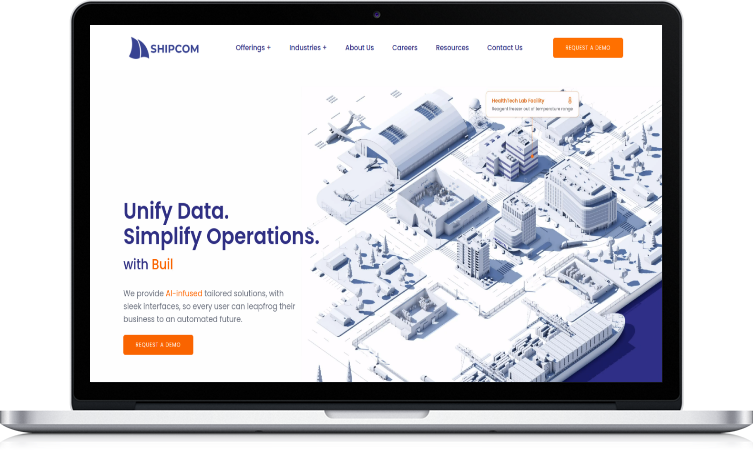
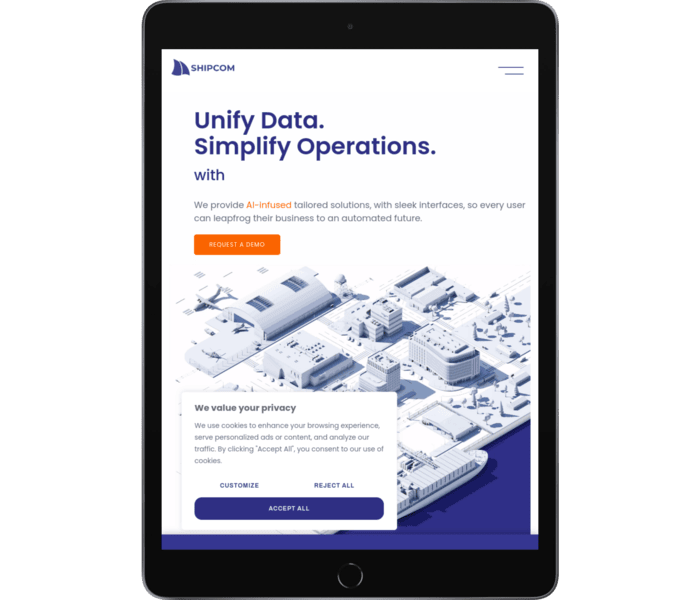
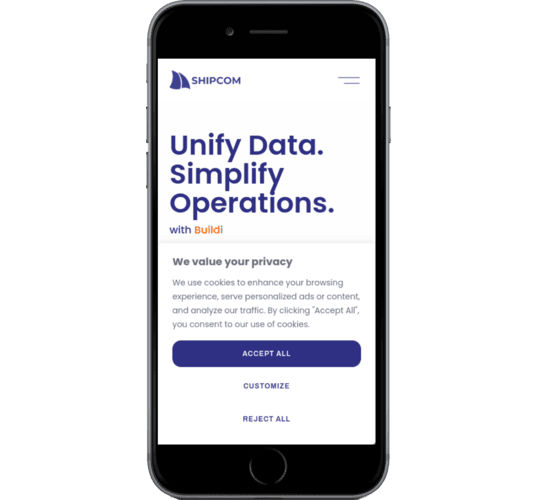
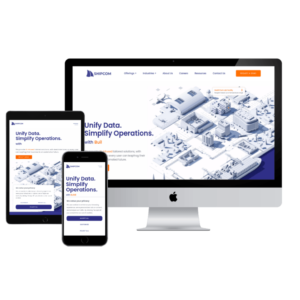
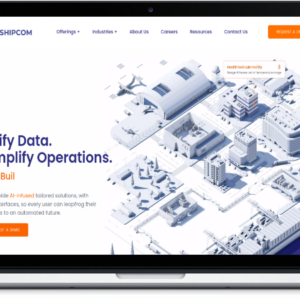
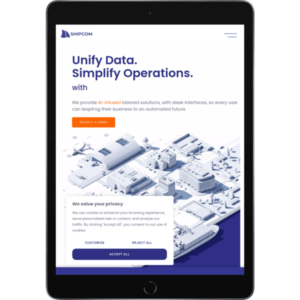
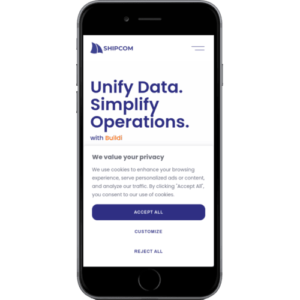

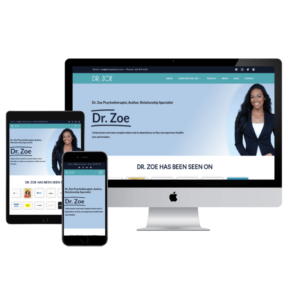
harinderchouhan96 –
nice